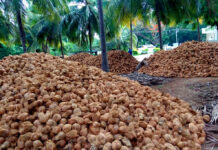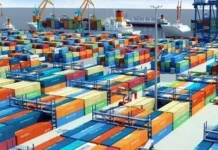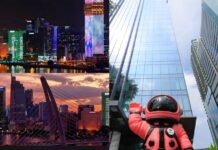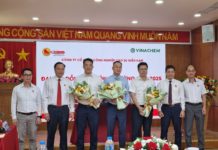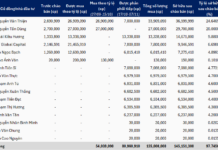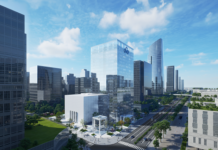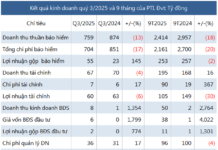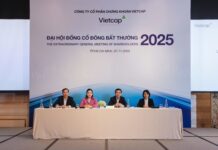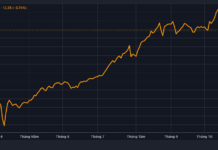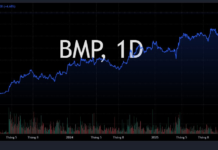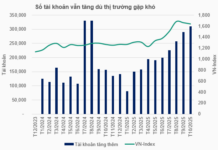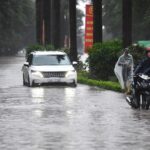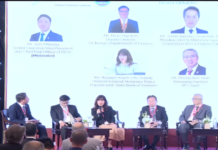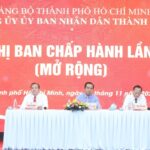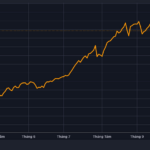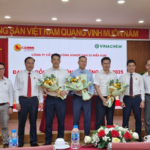The European Chamber of Commerce in Vietnam (EuroCham Vietnam) has proposed that Ho Chi Minh City explore the “sponge city” model to enhance climate resilience and flood management—topics set for further discussion at the Green Economy Forum 2025 (GEF 2025) in Hanoi on November 27, as reported by the EuroCham website on October 31.
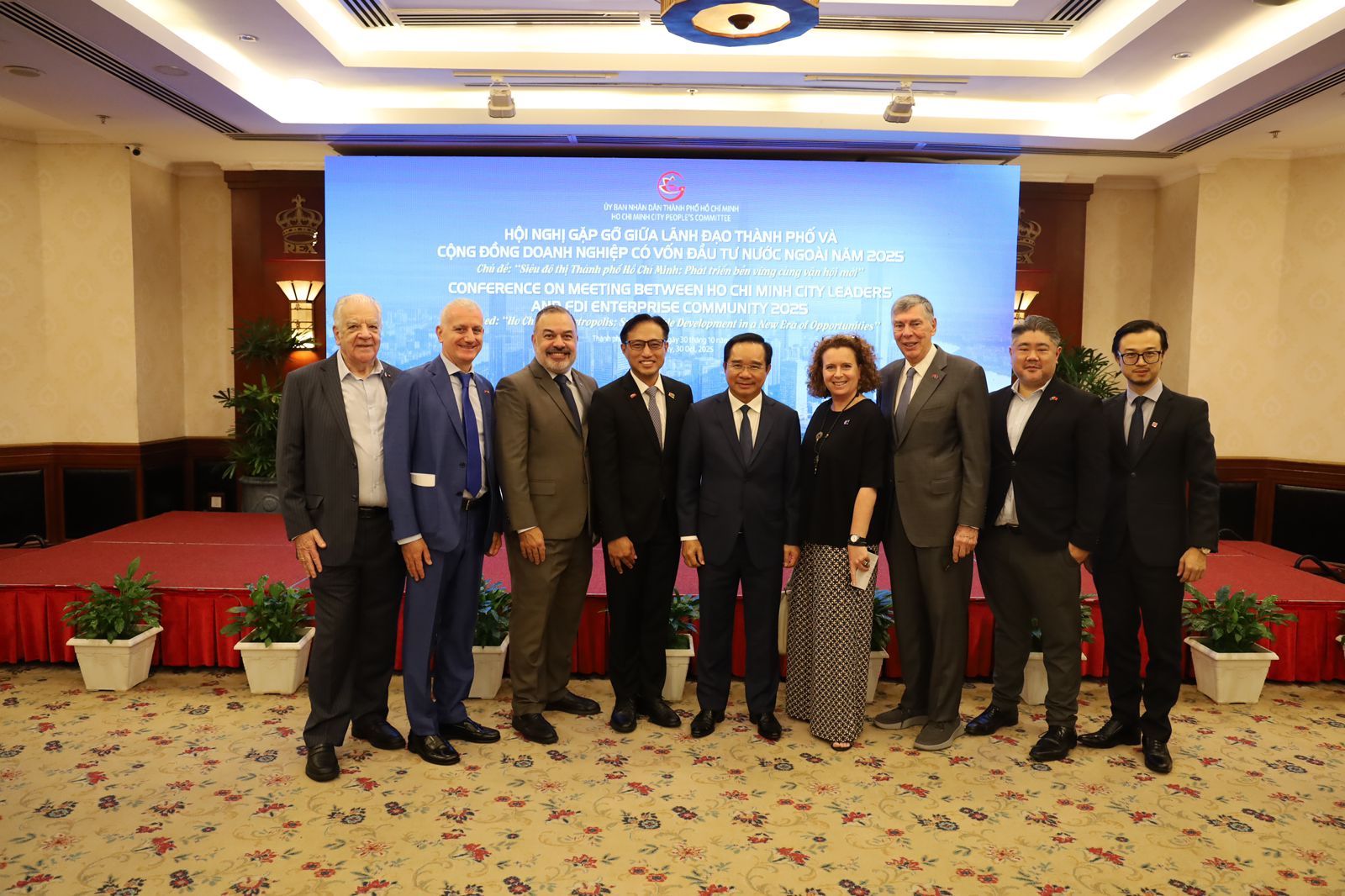
Delegates at the Annual Conference in Ho Chi Minh City. Source: EuroCham Vietnam
This proposal was presented by EuroCham Vietnam’s Vice Chairman, Mr. Erick Contreras, during the 2025 Dialogue between Ho Chi Minh City Leaders and the Foreign-Invested Business Community—an annual forum aimed at discussing policy directions and strengthening cooperation between the city and international businesses.
In a related article, Euronews highlights that “sponge cities are nature-based solutions to prevent flooding, utilizing landscapes to retain water at its source, slow its flow, and purify it throughout the process.”
What Exactly is a Sponge City Model?
According to Newpolis/media, a sponge city is an urban design strategy aimed at absorbing, storing, and reusing rainwater through a combination of natural and artificial solutions.
The goal is to manage rainwater in a way that mimics the natural water cycle, allowing cities to “capture” rainwater, store it in green infrastructure, and gradually release it back into the environment or reuse it for other purposes.
Key Features of a Sponge City
(1) Green Infrastructure. Includes features like parks, green roofs, urban forests, and vegetated drainage channels that help collect and absorb rainwater.
(2) Permeable Surfaces. Traditional concrete or asphalt surfaces are replaced with permeable materials, allowing water to penetrate the soil instead of running off.
(3) Rainwater Harvesting Systems. The installation of rainwater harvesting systems enables cities to collect rainwater for non-potable uses such as irrigation, cleaning, or even toilet flushing.
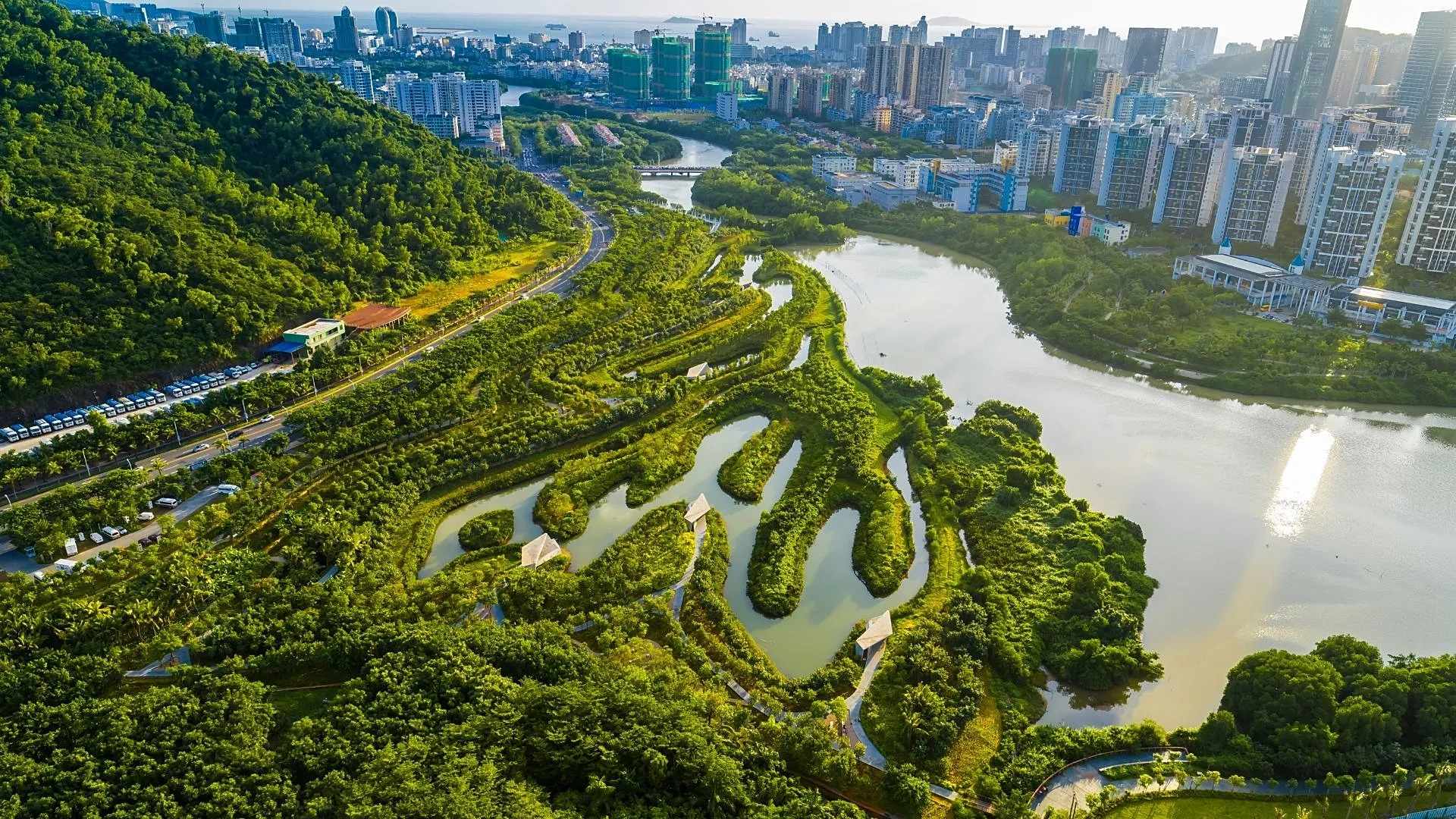
Image: Euronews
(4) Water Retention and Storage Systems. Sponge cities incorporate ponds, wetlands, and underground reservoirs to temporarily hold excess rainwater. These systems prevent flooding by controlling the rate at which water is released into drains or rivers, thus reducing the risk of overflow.
(5) Ecological Restoration. The restoration of rivers, streams, and other water bodies within urban environments is a critical part of the sponge city model. These areas are often rehabilitated to function as natural water management systems.
Building sponge cities offers numerous benefits. One of the most significant advantages is that by absorbing and gradually releasing rainwater, sponge cities reduce the likelihood of flooding and overburdening drainage systems, which are common issues in rapidly urbanizing areas.
Which Cities Globally Are Adopting the Sponge City Model?
One of the most prominent examples of sponge city implementation is in Rotterdam, Netherlands. Located in a low-lying area, Rotterdam is particularly vulnerable to flooding and rising sea levels.
One of Rotterdam’s most innovative solutions is the creation of “water plazas,” public spaces that double as rainwater storage areas.
During heavy rainfall, these plazas temporarily store excess water before slowly releasing it into the city’s drainage system.
Copenhagen, Denmark, has also developed a comprehensive strategy for rainwater management. The city has constructed a network of urban parks and lakes that temporarily store rainwater during heavy storms before gradually releasing it.
Additionally, Copenhagen has introduced permeable sidewalks, allowing rainwater to infiltrate the ground instead of flowing into storm drains.
Green roofs are also increasingly being installed on buildings across the city, providing additional space for rainwater management and promoting biodiversity.
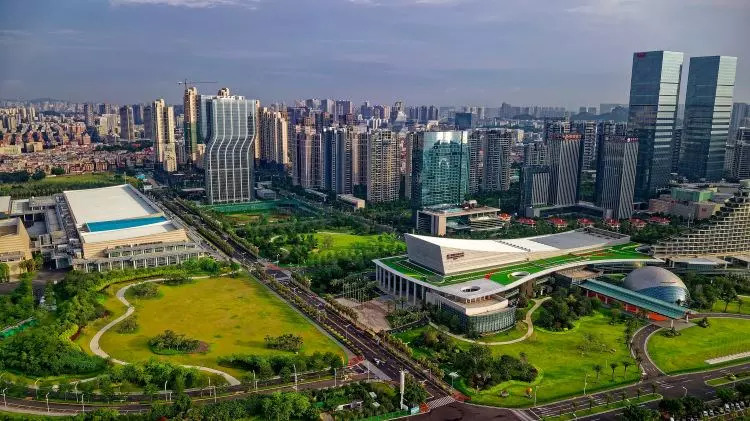
Singapore encourages the use of rainwater harvesting systems in both public and private buildings, reducing reliance on external water supplies. Image: Newpolis/media
One of the Asian cities adopting the sponge city model is Singapore, which has implemented a range of innovative water management measures, including elements of the sponge city approach.
The city utilizes integrated drainage systems, underground reservoirs, and artificial wetlands to collect and store rainwater.
“Amidst the Rainy Season, Real Estate Agents Compete to Advertise ‘Flood-Free’ Homes”
As the rainy season approaches, concerns about urban flooding and “river-like streets” arise, yet savvy real estate agents seize the opportunity to showcase properties immune to these woes, strategically marketing flood-free homes to attract anxious buyers.
“PAN Group Joins Forces with Two Japanese Giants to Trial ‘Immunity-Boosting’ Products for Crops in Vietnam”
The PAN Group and AGRI SMILE, in collaboration with the Mitsubishi Research Institute, are set to embark on an exciting journey as they pilot a joint project utilizing a biostimulant produced by AGRI SMILE. This innovative initiative will be implemented in the PAN Group’s raw material area, with a specific focus on assessing the nutrient absorption and heat tolerance of crops, particularly rice plants.
Enhancing climate resilience of four coastal provinces in North Central Vietnam
The project “Improving urban infrastructure to minimize impacts of climate change for four coastal provinces in North Central Vietnam” is co-financed by a EUR 5 million grant from the European Union (EU) and a EUR 123 million concessional loan from the French Development Agency (AFD); counterpart funds from the Government and the provinces amount to EUR 28 million…



